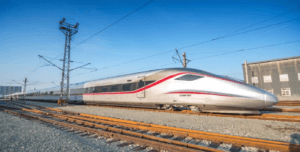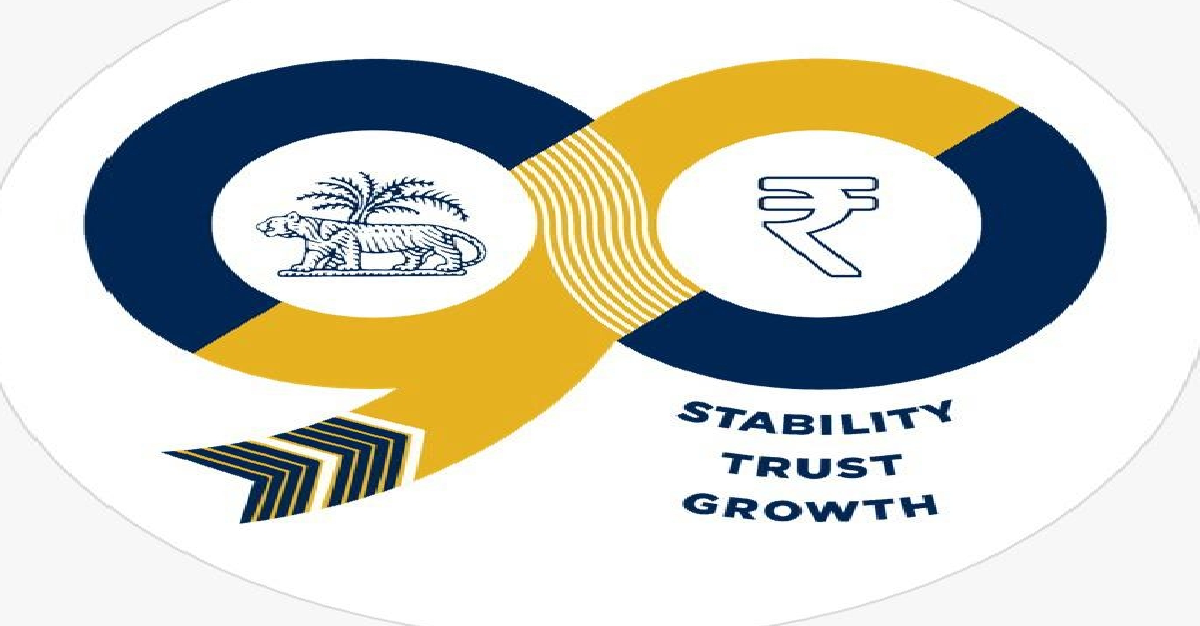Why India’s EV Future Hinges on High-Speed Trains: The Surprising Link!
India’s electric vehicle (EV) adoption is closely tied to the development of high-speed railways. Research indicates that cities with enhanced rail connectivity, similar to China’s experience, see significant increases in EV market share and sales. China boasts a 48% EV penetration due to its extensive rail network, while India’s EV market is still underdeveloped, with less than 3% of cars sold being electric. The lack of charging infrastructure, with only 25,000 stations available, contributes to range anxiety among potential buyers. India’s first bullet train, linking Mumbai and Ahmedabad, is scheduled for 2026, but investment priorities are competing.
Reducing import taxes on EVs could boost market competition, especially with Tesla’s potential entry. To achieve higher EV adoption rates, India needs a robust high-speed rail network, which the government is committed to developing. Integrating charging stations with rail hubs could further encourage EV use. Prioritizing both rail and EV infrastructure could enhance India’s position in the global electric vehicle market.

Why India’s EV Future Hinges on High-Speed Trains: The Surprising Link!
The journey toward faster electric vehicle (EV) adoption in India is linked to the development of high-speed railways. While the idea of connecting trains and EVs may seem unconventional, recent research suggests that these two modes of transport are complementary. A study analyzing 328 cities in China from 2010 to 2023 reveals a connection between high-speed rail (HSR) expansion and increased EV market share, with cities gaining rail connectivity experiencing notable boosts in EV sales.
China currently boasts an impressive 48% EV penetration, thanks in part to its extensive high-speed rail network, which has grown to cover 96% of urban areas with populations over 500,000. As Tesla entered the Chinese market in 2014, the country’s plugin car numbers surged to 22 million by 2023. The study indicates that HSR connectivity contributes to a significant increase in EV adoption, with average rises in market share and sales volumes.
In contrast, India’s EV market is still nascent, with less than 3% of cars sold last year being purely electric. The lack of public charging infrastructure, with only 25,000 stations available, discourages potential buyers, particularly for long-distance travel where range anxiety is prevalent. While India has invested heavily in highway infrastructure, its railway system, initially established during British rule, has faced decades of underinvestment, resulting in significantly slower train services compared to China’s high-speed trains.
India is currently building its first bullet train line, expected to link Mumbai and Ahmedabad by 2026, but faces competing priorities for its investment. Advocates for high-speed rail argue that it could enhance not only EV adoption but also economic connectivity, drawing parallels to China’s success. By establishing a reliable rail network, India could create a more integrated transportation system, encouraging the use of EVs for both urban and intercity travel.
Additionally, with pressure from U.S. President Donald Trump, India may consider reducing its high import taxes on cars, allowing companies like Tesla to enter the market. This could invigorate competition in a market currently dominated by Tata Motors and JSW MG Motor, potentially leading to more affordable and diverse EV options for consumers.
To elevate EV adoption to levels seen in the U.S. and Europe, India will require more than just subsidies; the establishment of a robust high-speed rail network is essential. Prime Minister Modi’s government has committed to developing multiple high-speed rail lines across the country, and initiating these projects could play a pivotal role in transforming India’s EV landscape. Furthermore, integrating EV charging stations with rail hubs could provide seamless travel options, making electric vehicles a more attractive choice for consumers. By prioritizing both rail and EV development, India could position itself as a significant player in the global electric vehicle market.
Check out TimesWordle.com for all the latest news



